1960s
Canada Dry Liquors
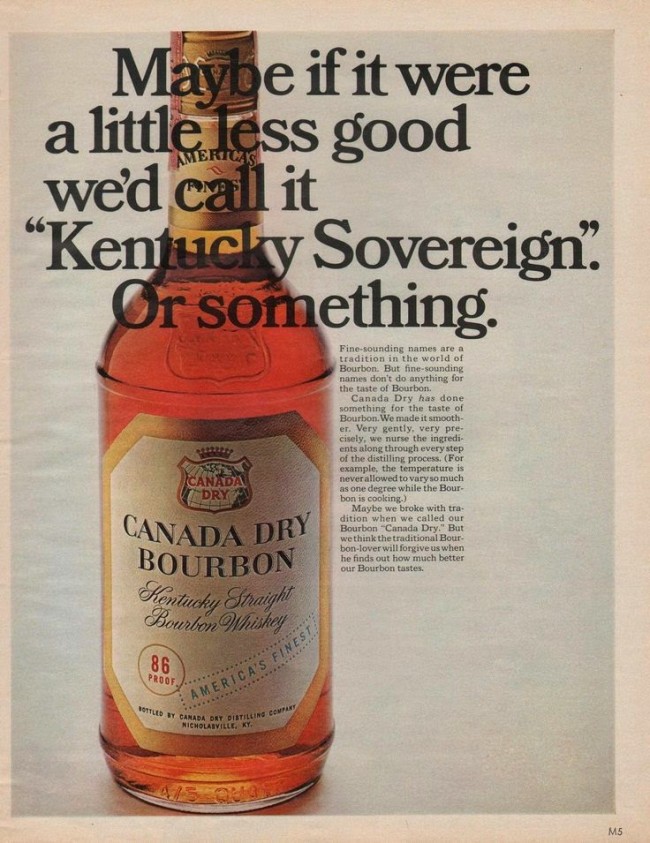
The complicated story of how a soda company came to market its own brand of booze is entertainingly told here.
Posted By: Paul - Mon Mar 21, 2016 -
Comments (7)
Category: Advertising, Soda, Pop, Soft Drinks and other Non-Alcoholic Beverages, 1960s, Alcohol
Miss Tan America

Original image here.
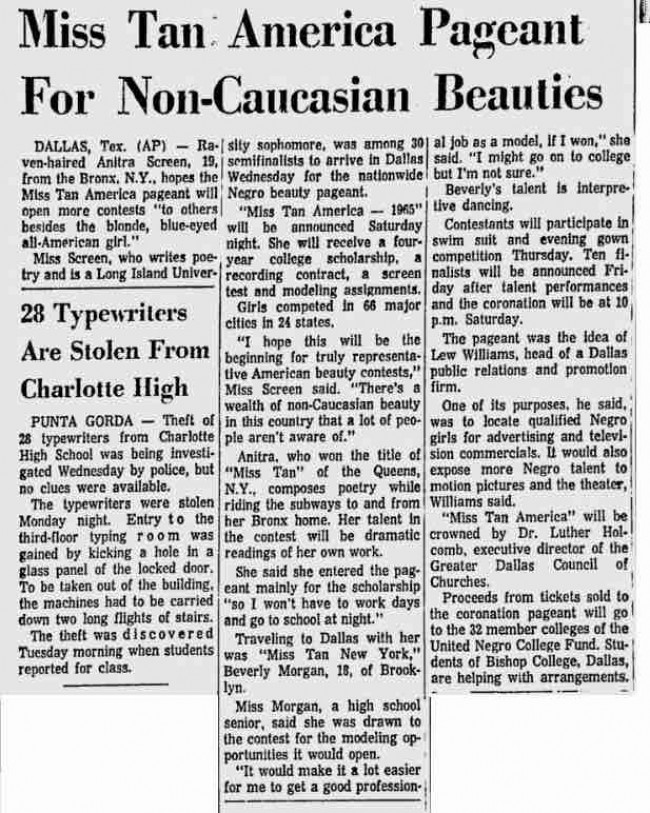
Original text here.
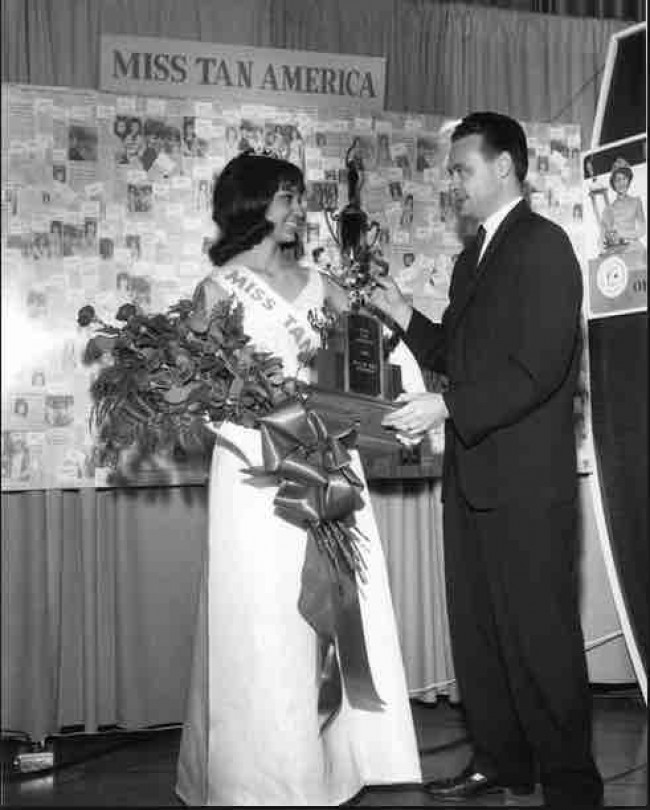
Posted By: Paul - Sun Mar 20, 2016 -
Comments (1)
Category: Beauty, Ugliness and Other Aesthetic Issues, Contests, Races and Other Competitions, Ethnic Groupings, 1960s, Skin and Skin Conditions
Dormitory Escape Plan
April 1967: Unable to stand living in an all-female University of Pennsylvania dorm with "150 screaming girls," but prevented from moving out by campus regulations, Elizabeth Freedman, 19, hatched a plan for escape.Because married students could live off-campus with their spouse, she took out an ad in the school paper seeking a husband willing to have a 1-year "platonic" marriage. She received over

Cincinnati Enquirer - Apr 15, 1967
Update: Here's the actual ad she ran, in The Daily Pennsylvanian - Apr 13, 1967. Also, she was eventually interviewed on Johnny Carson. However, she refused to ever pose for a photograph, saying, "I hate publicity."

Posted By: Alex - Sat Mar 19, 2016 -
Comments (5)
Category: 1960s, Universities, Colleges, Private Schools and Academia
Marlowe
Archie Bunker, Rockford and Kato try to update 1940s noir.
Full movie behind a paywall, alas.
Posted By: Paul - Sat Mar 19, 2016 -
Comments (4)
Category: Movies, Homages, Pastiches, Tributes and Borrowings, Martial Arts, 1940s, 1960s
Are priests with it?
The recurring theme of Catholic orders doing youth outreach by insisting that, despite all appearances being to the contrary, they're really "hip" and "with it." See also: Jesus, the Original Hipster.
Catholic Digest - Dec 1965
Posted By: Alex - Tue Mar 08, 2016 -
Comments (10)
Category: Religion, 1960s
Airline Shirt

[Click to enlarge]
Yes, all my clothes are styled by airline companies.
Original ad here.
Posted By: Paul - Tue Mar 08, 2016 -
Comments (9)
Category: Fashion, Air Travel and Airlines, 1960s
Swinging Britain
Posted By: Paul - Sun Mar 06, 2016 -
Comments (13)
Category: Fashion, Avant Garde, Teenagers, Bohemians, Beatniks, Hippies and Slackers, Psychedelic, 1960s
Clive Way’s Motorcycle Dragster

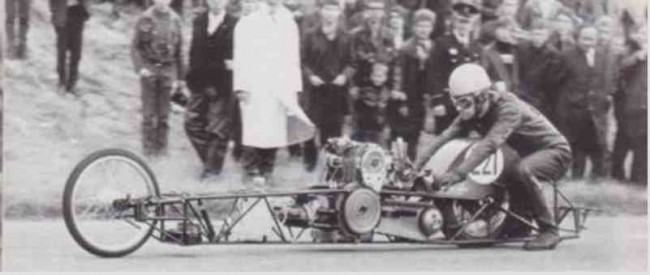
A VW engine on a two-wheeled frame? I would not ride this for one million dollars.
Original article here.
Posted By: Paul - Thu Mar 03, 2016 -
Comments (17)
Category: Daredevils, Stuntpeople and Thrillseekers, Inventions, 1960s, Motorcycles
The Republic of New Africa
As a science fiction writer, I love alternate history novels, about timelines where things happened differently from what we know. Here's a scenario I had been unaware of, which is particularly timely today, in light of many controversies, sharing many parallels.A factual account of the possible historical turning point is appended below.
Someone did fictionalize it, and you can read the first 58 pages here.
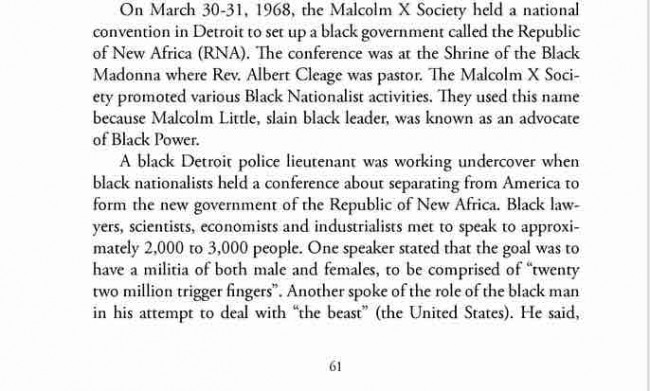

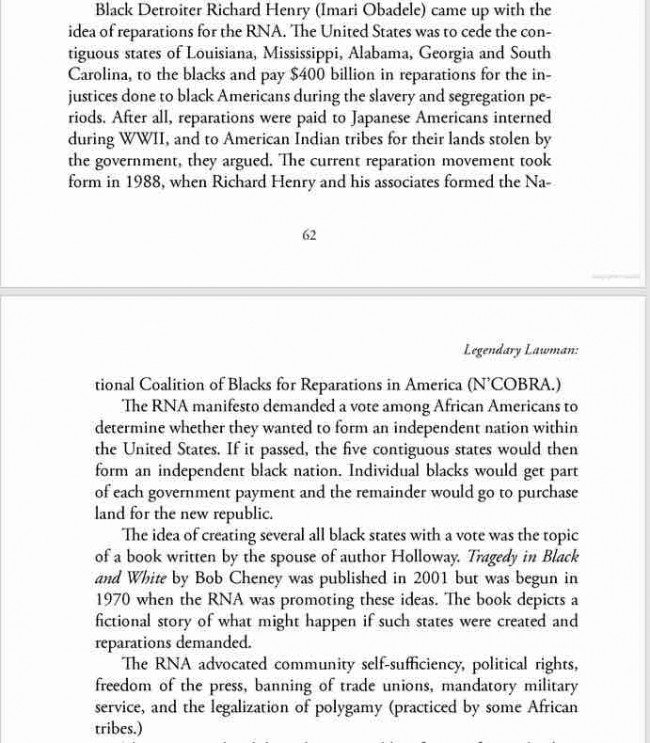

Source of text.
Posted By: Paul - Wed Feb 24, 2016 -
Comments (10)
Category: Government, Racism, Science Fiction, 1960s
Baby’s burps predict his future
Back in 1964, Dr. Milton Berger called attention to the predictive power of a baby's burps. A baby with "strong and clear" burps will grow up to be a leader. However, the majority of people are "dithering" burpers. They'll become your run-of-the-mill member of the faceless masses.Odd theory, but probably as good a predictor of future success as anything.
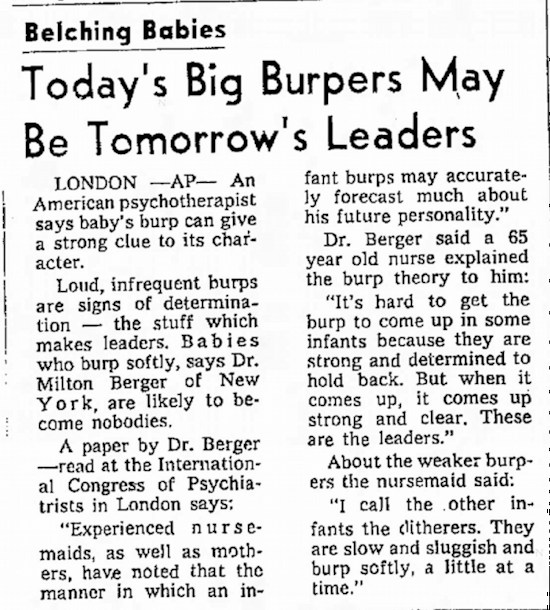
The Fresno Bee - Aug 21, 1964
Posted By: Alex - Sat Feb 20, 2016 -
Comments (5)
Category: Babies, Predictions, Babies and Toddlers, 1960s

| Who We Are |
|---|
| Alex Boese Alex is the creator and curator of the Museum of Hoaxes. He's also the author of various weird, non-fiction, science-themed books such as Elephants on Acid and Psychedelic Apes. Paul Di Filippo Paul has been paid to put weird ideas into fictional form for over thirty years, in his career as a noted science fiction writer. He has recently begun blogging on many curious topics with three fellow writers at The Inferior 4+1. Contact Us |




